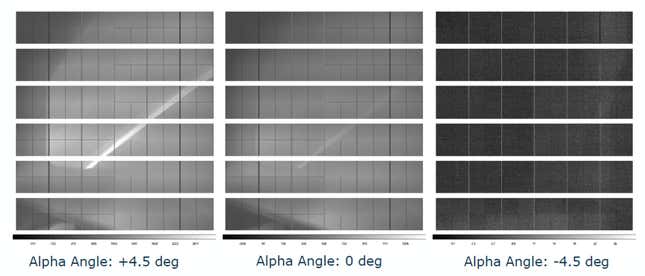The European Space Agency’s Euclid space telescope launched from Earth on July 1 and has since been getting set up to begin its investigation of the dark universe. But the instrument commissioning hasn’t been rainbows and butterflies, as the telescope’s engineers and scientists have worked to untangle several issues that have come up in the process.
You can read all about the Euclid mission here; in short, the telescope will study the dark universe—the parts of our cosmos made up of dark energy and dark matter, about 95% of everything. Euclid is equipped with a visible light camera (VIS), a near-infrared camera, and spectrometer (NISP) to make its observations. Its current issues are threefold: the telescope’s fine guidance sensors are occasionally losing track of stars, stray sunlight is sneaking into the telescope’s early images, and, X-rays are reaching Euclid’s detectors as a result of that unwanted sunlight, spoiling some of the images.
The situation is serious, but it’s not critical. According to an ESA release, the problems “do not threaten Euclid’s mission but could impact how it carries out its work.”
The telescope’s first test images were released on August 1, a month after its launch from Florida. At that point, Euclid had flown to its position in space, its mirrors were de-iced, and its instruments saw their first light. The images looked great. But according to the release, Euclid’s Fine Guidance Sensor—a system of optical sensors that allows the telescope to lock onto stars to precisely point at a region of the sky for imaging—has not been locking onto those stars consistently. The Euclid team uploaded a software fix to Euclid following tests on a spacecraft simulator and a replica of Euclid at mission control.

“I’m relieved to say that initial tests are looking good,” said Euclid Operations Director Andreas Rudolph, in the ESA release. “We’re finding many more stars in all our tests, and while it’s too early to celebrate and more observations are needed, the signs are very encouraging.”
Commissioning is an ordinary part of a space telescope’s timeline, a period after the spacecraft’s launch in which the mission’s various instruments and systems are set up for scientific observations. The commissioning process takes time; the Webb Space Telescope began commissioning in late January 2022 and its first scientific images weren’t released until July 2022.
But Webb’s commissioning went relatively smoothly, though one of the telescope’s mirrors was hit by a micrometeoroid—a small bit of space rock—in May 2022.
“Only the science images can provide us with absolute certainty that Euclid’s pointing is performing well,” said Euclid Project Manager, Giuseppe Racca, in the same release. “However, all evidence so far makes us very optimistic. We will continue to keep our fingers tightly crossed, but the restart of the performance verification phase gets nearer every day.”
Euclid needs to be shielded from the Sun’s bright light in order to peer into the distant cosmos. But some sunlight is sneaking into the eyeline of the VIS instrument by reflecting off a thruster bracket that juts out from the shadow produced by the spacecraft’s sunshield. The Euclid team believes the reflected light is showing up in some of VIS’s test observations.
Meanwhile, X-ray-producing solar flares are a concern. The team believes that these X-rays may make it to Euclid’s detectors at certain angles, ruining some of the telescope’s data. An analysis of the telescope revealed that depending on solar activity—solar flares vary in their frequency and intensity—Euclid could lose 3% of its data if the issue is unaddressed.
The Fine Guidance Sensor issue is currently being handled, but the light issue will require different approaches. According to the release, repeat observations and data processing could reduce the impact of the X-rays on observations, and the telescope’s survey can be reprogrammed to mitigate the sunlight.
Euclid’s undertaking is a vast one—literally as vast as the cosmos and its darkest secrets. With any luck—and a lot of attention—the issues discovered in commissioning can be mitigated, and the telescope can begin its survey of the universe.
More: The Euclid Telescope’s First Images Have Arrived and They’re Stunning

